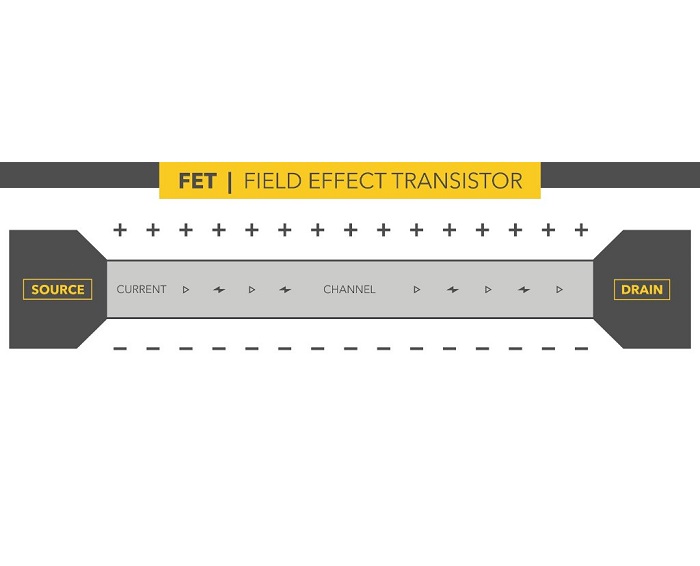


Water-gated organic field effect transistors-opportunities for biochemical sensing and extracellular signal transduction. The novel electronic immunosensor is compatible with low-cost fabrication procedures and was successfully employed for the detection of the CRP biomarker in the clinically relevant matrix serum.Ĭramer T, Campana A, Leonardi F, Casalini S, Kyndiah A, Murgia M, et al. The relative standard deviation of the individual calibration points, measured on immunosensors fabricated on different chips, ranged between 1 and 14 %, and a detection limit of 2 pM (220 ng/L) was established. The electrical performance of the EGOFET immunosensor was comparable to that of a bare P3HT EGOFET device, and the obtained CRP calibration curve was linear over six orders of magnitude (from 4 pM to 2 μM). A partial surface coverage of about 23 % of adsorbed antibody molecules was found to most efficiently sense the CRP. Surface plasmon resonance (SPR) measurements were performed to assess the amount of biomolecules physisorbed onto the P3HT and to evaluate the CRP binding proprieties of the deposited anti-CRP layer. The whole biomolecule immobilization procedure does not require any pretreatment of the organic semiconductor surface, and the whole functionalization process is completed in less than 30 min.

A supplementary nonionic hydrophilic polymer is used as a blocking agent preventing nonspecific interactions and allowing a better orientation of the antibodies immobilized onto the P3HT surface. The recognition layer of the biosensor is fabricated by physical adsorption of the anti-CRP monoclonal antibody onto a poly-3-hexyl thiophene (P3HT) organic semiconductor surface. In this contribution, we propose a label-free immunosensor, based on a novel type of electrolyte-gated field-effect transistor (EGOFET), for ultrasensitive detection of the C-reactive protein (CRP).


 0 kommentar(er)
0 kommentar(er)
